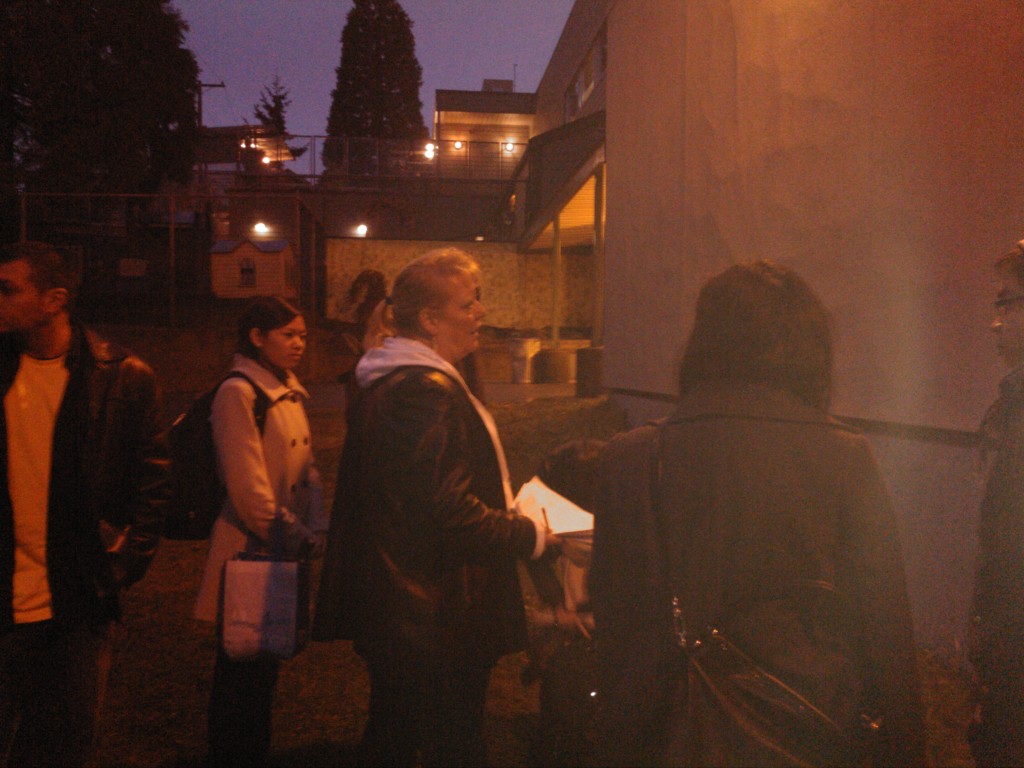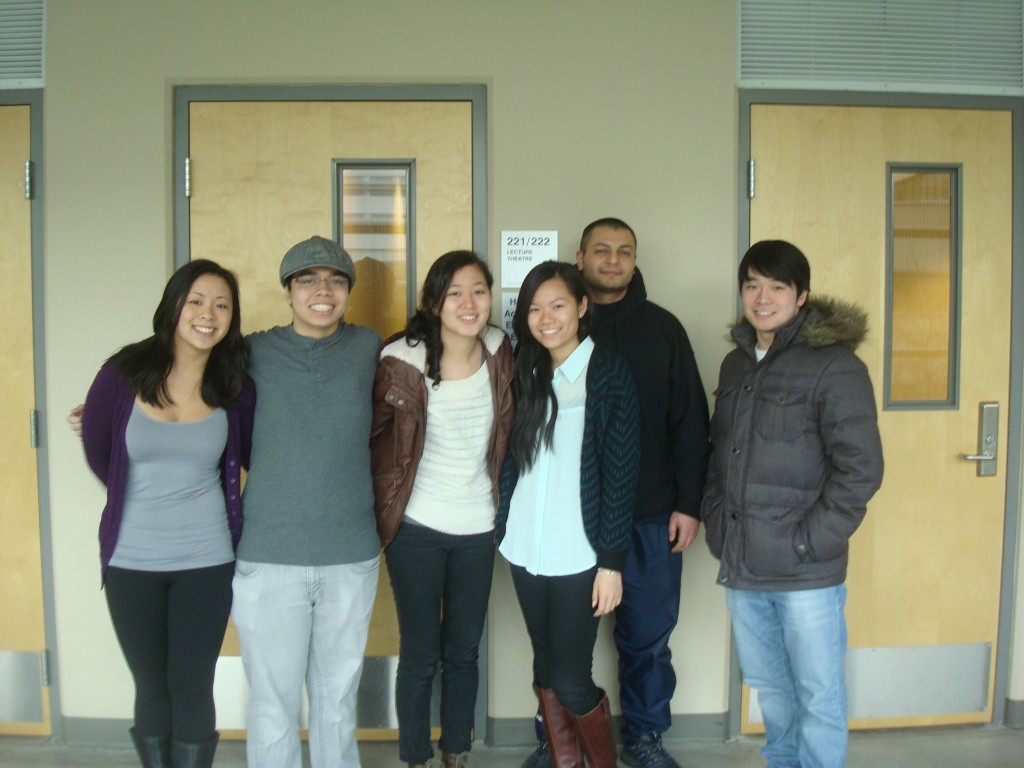In the past week, we were able to get a hold of our client, Sabine Tanasiuk, from Ray-Cam Community Centre. Our first official meeting took place on January 31. Sabine was very helpful in clearing up the specifics of the project, which helped us further develop our scope. Several aspects of the project were addressed in our meeting such as the community background, the purpose of the project, and the goals to be reached.
As the Downtown Eastside has been the poorest community in Canada for the past 25 years, people have been struggling to support their families with the rising food prices. This is exactly why Sabine was interested in developing a community based vertical food wall that would serve as a low-cost and sustainable food source. Sabine mentioned that the food wall should be easily accessible by everyone (including kids), and that it should have fruits and vegetables growing all year round.
The scope of this project includes designing an economical vertical structure that can hold a variety of potted plants. The project will be purely design-based, and will include the following:
- detailed design drawings
- materials list
- fruits and vegetables to be planted
- cost estimates
In addition, Sabine has suggested that we work with the community in planting seedlings in preparation for the food wall. To embrace sustainability, plastic bottles will be used to hold the seedlings. Helen pointed out that we could collect bottles from UBC students as there will be a lot laying around after long weekends. We will plan this in the weeks to come.
Prior to the meeting, our team came up with a list of constraints, which primarily consist of time related issues. They include:
- 2 months to deadline
- midterms
- other course work
- reading break (teammates will be absent during this time)
- Co-op interviews
During our meeting, Sabine took us out to the project site, which was located beside the gymnasium’s exterior wall. The figure below depicts the location of where the food wall will be placed.
After inspecting the project site, a few more constraints have been raised. They include the following:
- cleared vent area
- distanced away from the wall
- sloped ground
- underground utilities
The time constraints unfortunately restrain us from taking part in the construction of the final product, but we will do the best we can in designing the food wall. The site constraints on the other hand, will be accounted for in our design. To better understand the the nature of vertical food walls and gardens, we will be meeting with the My Arms Wide Open Foundation in the next couple of weeks. They have had previous experiences with similar projects and will be able to guide us through the design of our vertical food wall for Ray-Cam. In the meantime, we will study previous drawings provided to us by My Arms Wide Open and come up with specific questions we would like to ask them during our meeting.
Things to get started on within the coming weeks:
- research the types of plants that are indigenous to Vancouver
- call BC One Call to inquire about underground utilities at the project site
- preliminary designs for the vertical food wall
- delegation of the above tasks
We are super excited to get going with the actual design!



